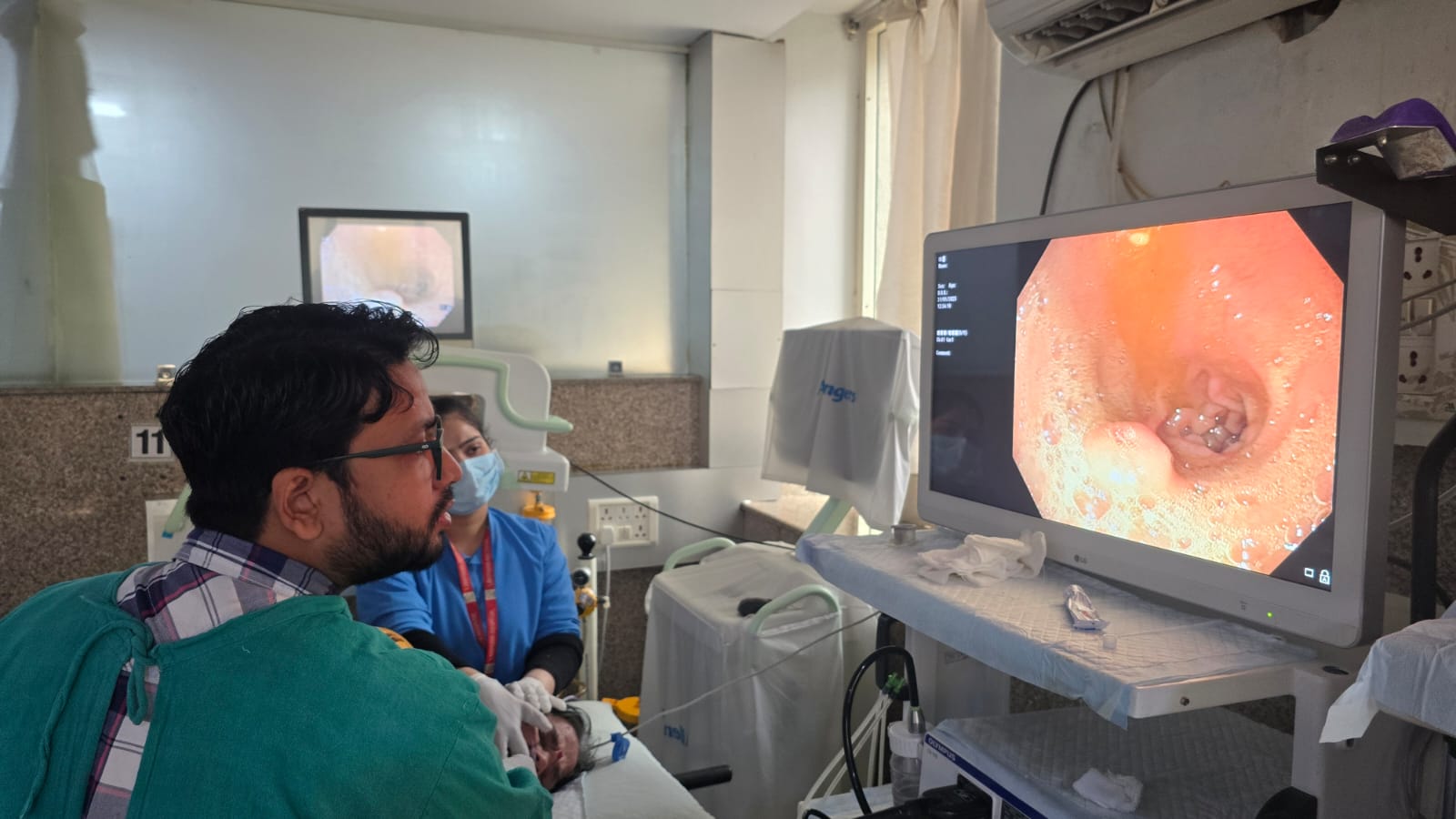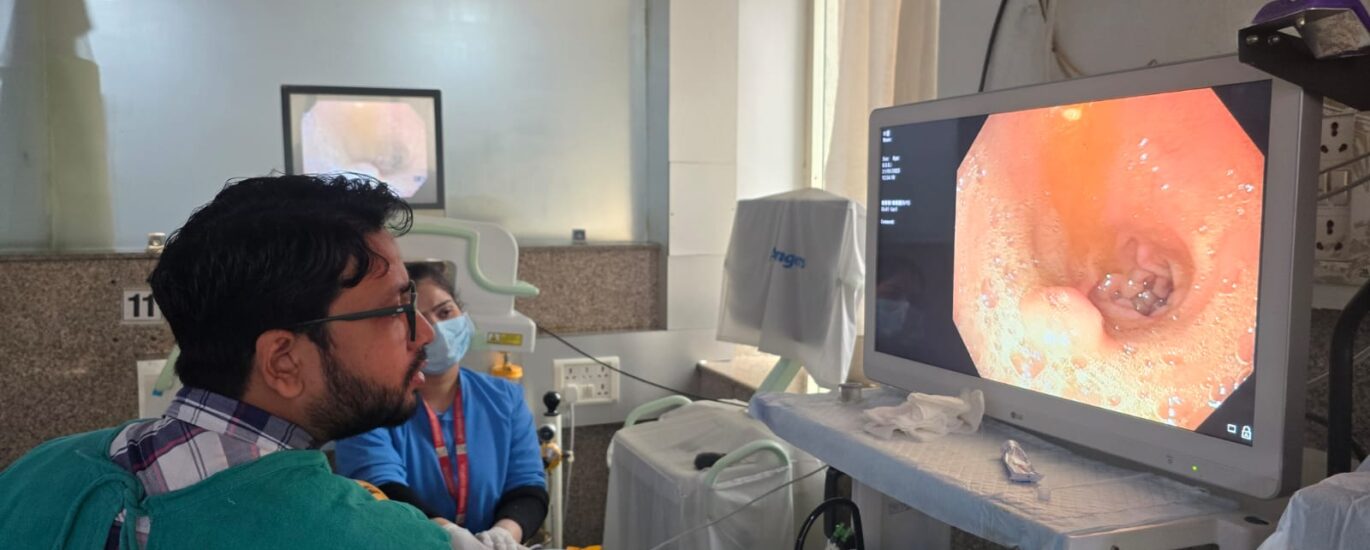Fatty Liver:
The Silent Invader You Didn’t See Coming

Fatty liver disease (now officially known as Steatotic Liver Disease or SLD) occurs when more than 5% of your liver’s weight is made up of fat. The liver, your body’s detox hero, works 24/7 to keep you healthy. But when too much fat builds up, it puts the liver under stress, leading to inflammation and, in severe cases, scarring.
Imagine your liver as a hardworking employee who’s great at multitasking but suddenly gets bombarded with extra work (aka fat). Eventually, it gets tired, cranky, and starts making mistakes — that’s when complications set in.
Types of Fatty Liver Disease
Fatty liver comes in different shades, and it’s not just about how much alcohol you drink. Let’s break it down:
1. Alcohol-Related Liver Disease (ALD)
This one’s pretty straightforward — drink too much alcohol, and your liver pays the price. Every time your liver filters alcohol, some cells die, and while it regenerates, excessive alcohol use makes it hard for the liver to keep up.
2. Metabolic Dysfunction-Associated Steatotic Liver Disease (MASLD)
Previously known as Non-Alcoholic Fatty Liver Disease (NAFLD), MASLD affects people who don’t drink (or drink very little) but still end up with a fatty liver. The usual suspects?
- Obesity
- Type 2 diabetes
- High blood pressure
- High triglycerides and cholesterol
Pro Tip: Think of MASLD as your liver’s version of a bad roommate who doesn’t pay rent but causes a mess.
3. Metabolic-Associated Steatohepatitis (MASH)
Formerly known as Non-Alcoholic Steatohepatitis (NASH), MASH is the angry cousin of MASLD. It’s when fat buildup leads to inflammation and tissue damage, paving the way for fibrosis and cirrhosis. If MASLD is a bad roommate, MASH is that roommate who throws parties every night and breaks the furniture.
4. MASLD and Increased Alcohol Intake (MetALD)
If you combine metabolic risk factors with too much alcohol, you get MetALD. It’s like giving your liver a double whammy — metabolic dysfunction on one hand and alcohol on the other.
Causes and Risk Factors: Why Does Fat Love Your Liver?
Fat accumulation in the liver is not always due to poor lifestyle choices. Sometimes, genetics and other medical conditions set the stage for fatty liver disease. Common causes include:
- Obesity and Belly Fat: Excess abdominal fat increases the likelihood of liver fat accumulation.
- Insulin Resistance: When your body’s cells stop responding to insulin properly, sugar stays in the bloodstream and increases fat production.
- High Cholesterol and Triglycerides: These lipids can accumulate in the liver, contributing to fat buildup.
- Polycystic Ovary Syndrome (PCOS): Women with PCOS often have insulin resistance, which increases the risk of MASLD.
- Genetic Predisposition: If fatty liver runs in the family, you might be more prone to developing it.
Symptoms: Is Your Liver Trying to Tell You Something?
Most people with fatty liver disease have no symptoms initially. It’s the silent type, like a ninja creeping up on you. But as the condition progresses, you may notice:
✅ Fatigue and weakness
✅ Pain or discomfort in the upper right abdomen
✅ Nausea and loss of appetite
✅ Jaundice (yellowish skin and eyes)
✅ Swelling in the abdomen and legs
If cirrhosis sets in, the symptoms get worse and can include ascites, confusion, and even esophageal bleeding.
Complications: What Happens If You Ignore It?
Ignoring fatty liver disease is like ignoring a small leak in your roof — sooner or later, it’s going to cause major damage. Complications include:
- Liver Fibrosis: Scar tissue forms where the inflammation occurred.
- Cirrhosis: Extensive scarring that affects liver function.
- Liver Cancer: Cirrhosis increases the risk of hepatocellular carcinoma (HCC).
- Liver Failure: Advanced cirrhosis can lead to complete liver failure.
Diagnosis: How Do You Catch Fatty Liver?
Because fatty liver is often asymptomatic, it’s usually discovered during routine checkups or blood tests. If your liver enzymes are elevated, it’s time for further investigation.
Common Diagnostic Tools:
- Ultrasound, CT Scan, or MRI: Imaging tests to assess fat and inflammation.
- FibroScan®: A specialized ultrasound that detects fat and fibrosis.
- Liver Biopsy: The gold standard to distinguish MASLD from MASH and assess liver damage.
Treatment and Management: Kick Fat Out of Your Liver
While there’s no magic pill to cure fatty liver, managing the underlying causes can reverse the condition and protect your liver from further damage.
1. Lose Weight Gradually
Losing just 5-10% of your body weight can significantly reduce liver fat and inflammation. Crash diets? A big no-no! Your liver likes slow and steady progress.
2. Adopt a Liver-Friendly Diet
The Mediterranean diet is your best bet — think fruits, veggies, whole grains, lean proteins, and healthy fats. Avoid refined carbs, sugar, and trans fats like they’re your ex.
3. Exercise Regularly
Aim for at least 150 minutes of moderate-intensity exercise per week. Think of it as giving your liver a much-needed workout buddy!
4. Avoid Alcohol Completely
Even if your fatty liver isn’t alcohol-related, alcohol adds unnecessary stress to your liver. Treat your liver like royalty and say no to that extra glass of wine.
5. Manage Metabolic Conditions
Keep your blood sugar, blood pressure, and cholesterol levels in check with the right medications if needed.
Prevention: Better Safe Than Sorry
Prevention is always better than cure. To keep fatty liver at bay:
- Maintain a Healthy Weight: Avoid obesity and belly fat.
- Limit Sugar and Alcohol: Both are enemies of liver health.
- Exercise Regularly: Move your body and keep your liver happy.
- Get Vaccinated: Protect against hepatitis A and B.
Conclusion: Your Liver Deserves Better
As a doctor who has treated numerous patients with liver conditions, I can confidently say that fatty liver disease doesn’t have to control your life. Early intervention, lifestyle changes, and regular monitoring can help prevent complications and even reverse the damage.
Think of your liver as that friend who’s always had your back — now it’s your turn to return the favor. Treat it with love, and it’ll keep doing its job like a champ. And hey, if you need a cheerleader along the way, I’m right here with my stethoscope and a dash of humor!




